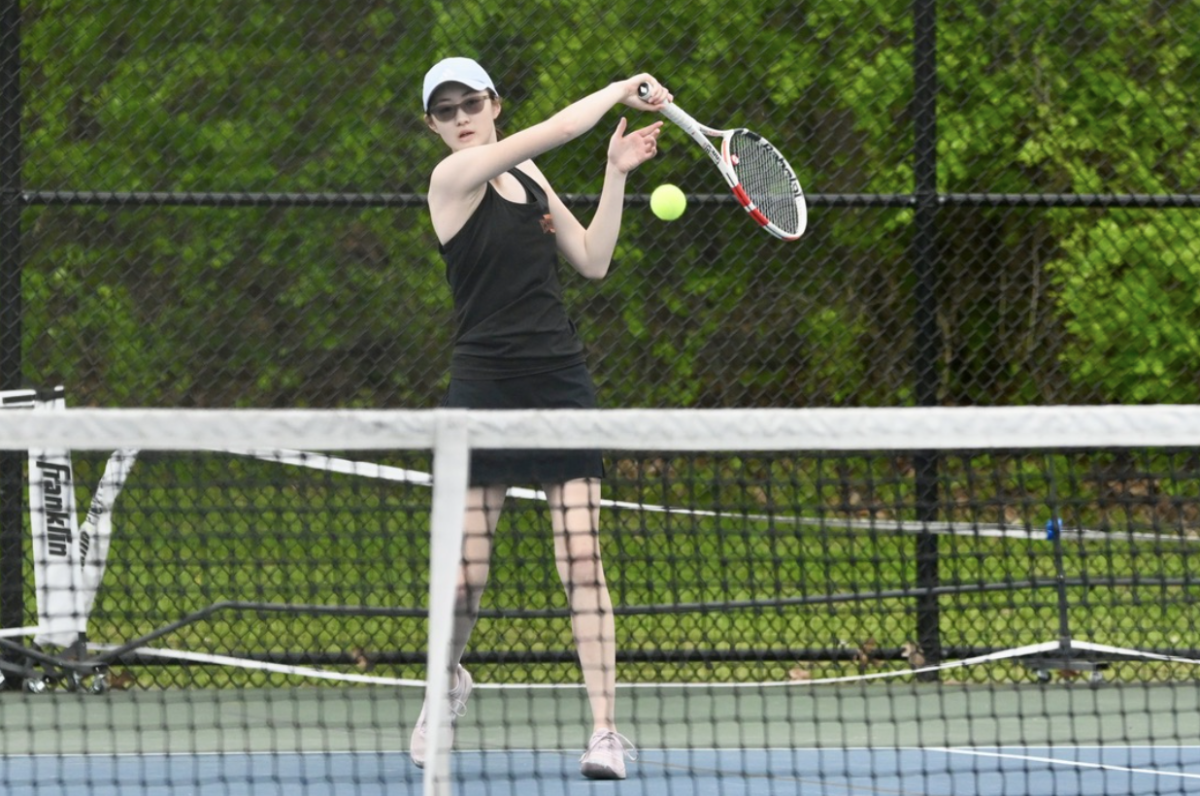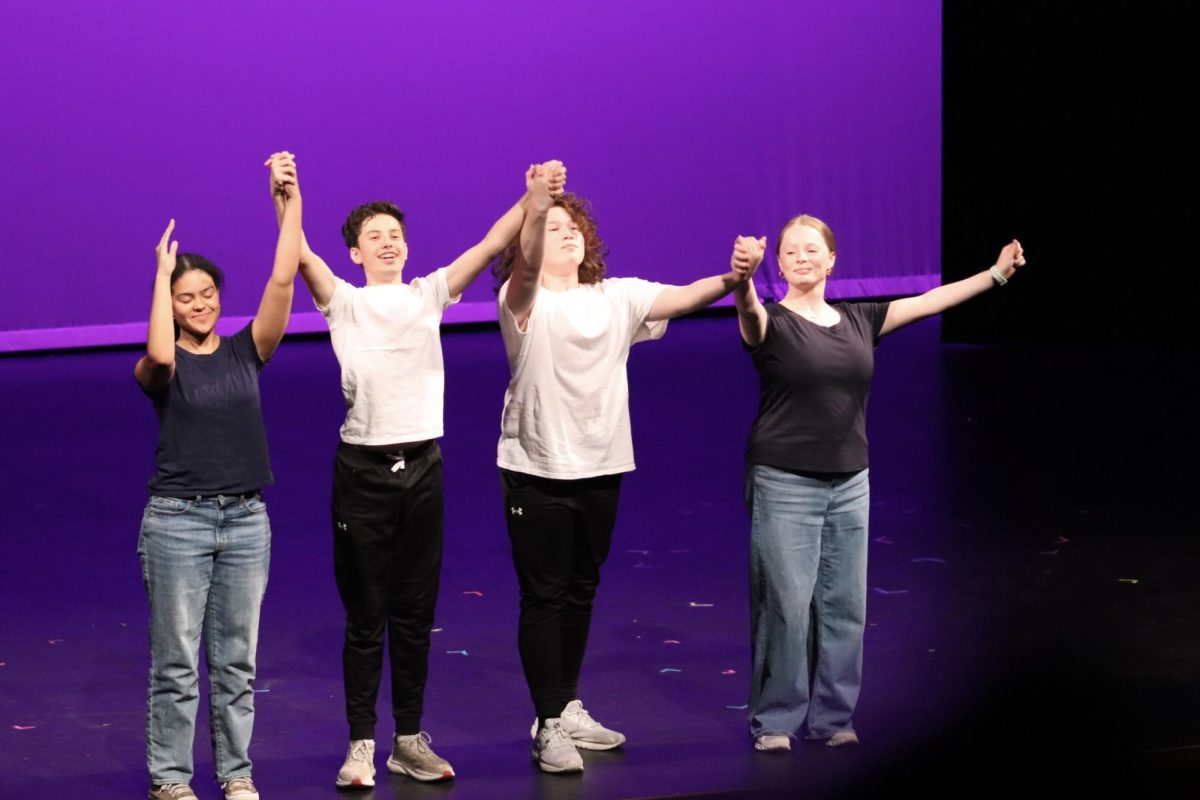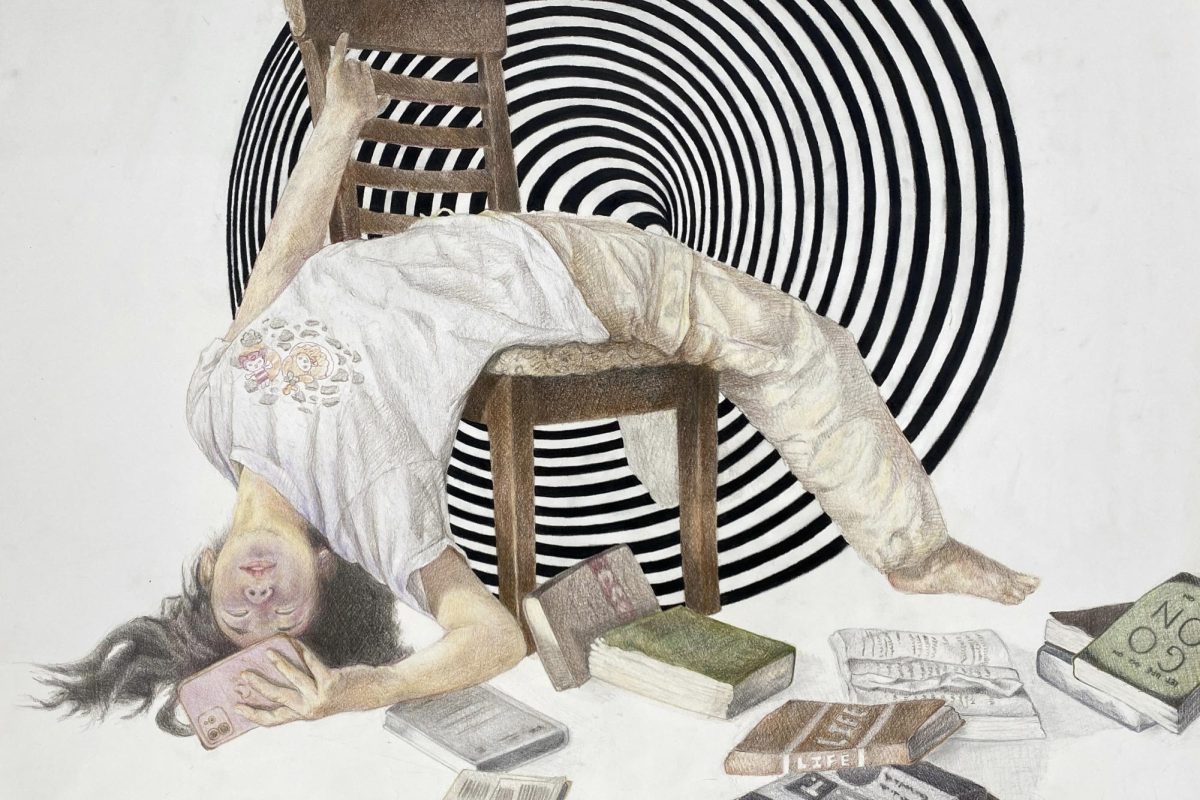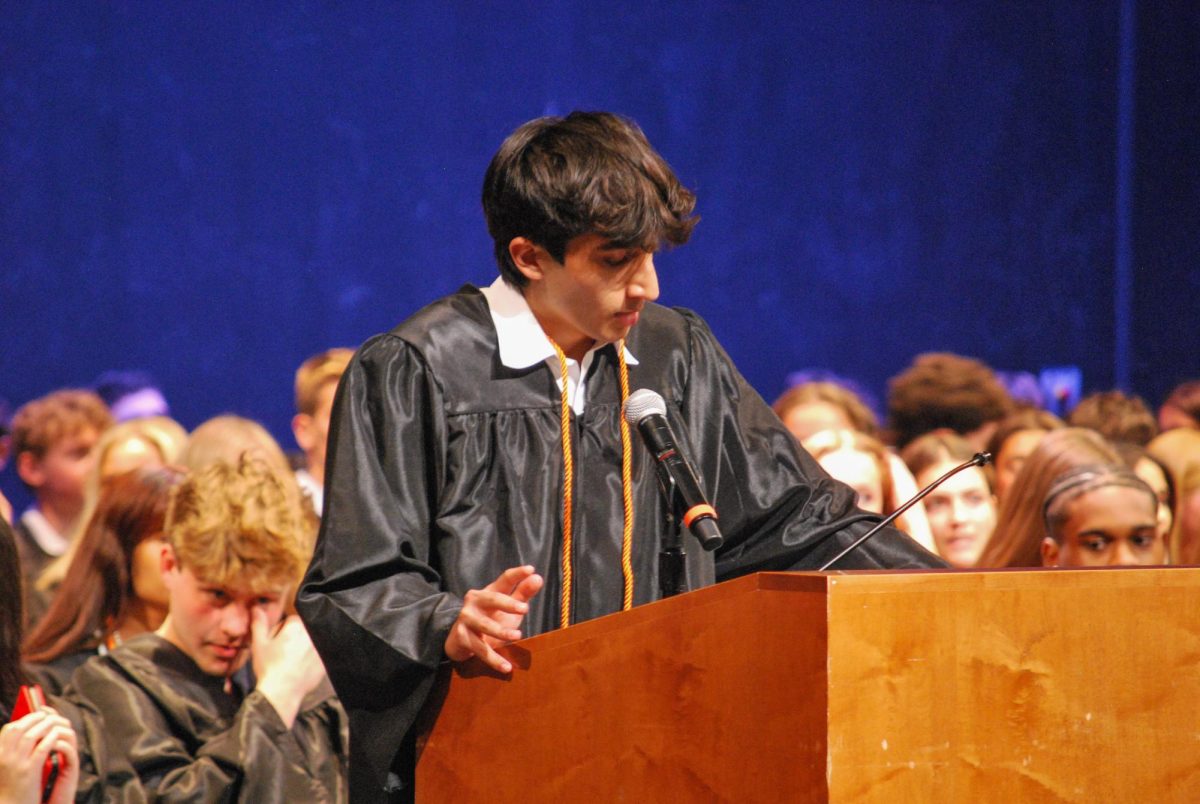Julia Mele: I love choreographing and dancing hip-hop
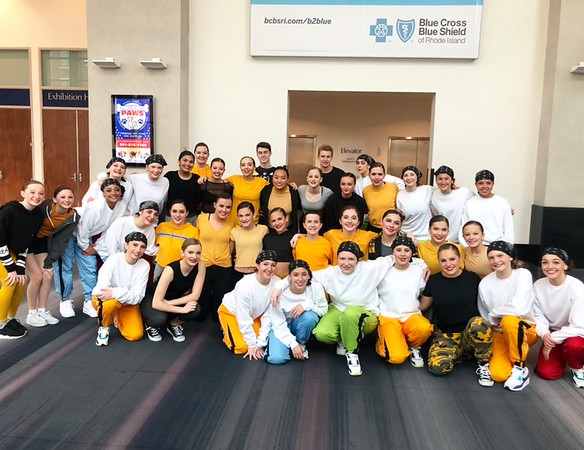
Credit: Courtesy of Julia Mele
Sophomore Julia Mele snaps a picture with her House of Dance competitive hip-hop team at a dance competition. “Dance has allowed me to meet so many new people inside and outside of school who share the same interest as me,” Mele said. Mele combines competitive and recreational dance with WHS’s Window Dance Ensemble.
June 4, 2019
Many students are familiar with the Window Dance Ensemble, but sophomore Window member Julia Mele is taking her dance training to a higher degree. Mele is involved in outside classes and a competitive team in addition to Window, working vigorously to heighten her skill.
“I dance at House of Dance in Sudbury,” Mele said. “I am on a competitive hip-hop team, but I also [take] recreational jazz, contemporary and lyrical classes there.”
At House of Dance, Mele intensifies her dancing by involving herself in the world of competitive dance.
“Competitive dance is different because you’re working on one dance for a whole year and you’re actually being judged on it, whereas Window is a little bit more laid-back,” Mele said. “You’re learning so many dances, but you’re not being judged on them, so there’s a little bit less stress. On the other hand, there is so much more choreography [for Window] to remember.”
Competitive dance has more ambitious intentions than recreational classes or Window. At competitions, there are rankings and awards at stake, so Mele and her team must be prepared.
“I compete in about four competitions per season,” Mele said. “At competitions, we have to arrive two hours early with our hair and makeup done so that when we get there, there’s lots of time to stretch and run dances and just get in the competing mindset. My teacher makes us run our routine with music before we go on, and she’ll watch us and give all the last critiques about 30 minutes before our competing time.”
This dedication and preparation have proven to be rewarding for Mele and her team.
“My team usually does very well at competitions,” Mele said. “We are known for getting a lot of special awards.”
By involving herself in an array of dance classes in addition to Window, Mele follows a dance-filled schedule every day.
“During the normal season, Window usually gets out at 4:30 [p.m.],” Mele said. “I usually don’t have a class at House of Dance until five, so the timing [is] tight, but it works out.”
Mele, however, struggles to find balance as Window and House of Dance have consecutive show and recital weeks. In this case, the additional practices clash with one another, disturbing the regularity of Mele’s schedule. Thankfully, Window directors and House of Dance instructors who are understanding of Mele’s circumstances have offered some relief.
“[Scheduling] just gets a little bit tricky during show and recital week, but the [Window] directors and my teachers are very accommodating,” Mele said.
What pushes Mele through stressful times such as conflicted show weeks is her passion for dance. This passion motivates Mele to dedicate herself seriously to dance in a way other students don’t.
“I’ve never loved playing sports,” Mele said. “Dance is the only thing I’ve ever truly enjoyed doing. It can be stressful and tiring sometimes, but I really love to do it, and it honestly makes me happy.”
While Mele’s dance experience and training expand across a vast variety of genres, she is particularly passionate about practicing hip-hop.
“My favorite type of dance would probably have to be hip-hop,” Mele said. “[In hip-hop,] there [are] so many different forms of it you can do. I love choreographing and dancing hip-hop because the genre’s choreography leaves a lot of room for your own style.”
Dance is considered a performing art rather than a sport, which causes some to underestimate the athleticism of dance and its intensity. The quality of dance is debatable and can’t be measured in points like other sports games.
“Unfortunately, I think dance isn’t taken as seriously as other sports just because it’s not based on how many goals you get,” Mele said. “It’s not like there [are] games you can go to all the time [because dance competitions are] further away.”
Like many athletes, however, it can be difficult for Mele to balance her social life with her commitment to dance.
“It used to affect my social life a lot more when I was on more than one team. Up until about two years ago, I was doing about 16 hours a week, but since then I’ve been doing about eight [hours] a week, which is still a lot but definitely easier to handle,” Mele said. “Obviously, there [are] things I have to miss [for dance] sometimes, but it’s worth it.”
For many dancers, the rigor of the art becomes unmanageable as they grow older due to increasing schoolwork, responsibilities and social obligations. As a result, it’s common for dancers to abandon their craft after high school. However, Mele hopes to incorporate her love for dance into her future in a practical way.
“I hope that after high school I don’t cut dance out of my life completely,” Mele said. “I probably won’t be doing as much of it, but I definitely still want to be doing a program of some sort in college. Like Window and my competitive dance team, I think that joining a group [in college] would be a great way to meet new friends and continue my dancing.”





![Last Wednesday, the Wayland School Committee gathered to discuss a number of topics regarding the health curriculum and Innovation Career Pathway course. Another large topic of conversation was the ways to potentially mitigate distracting cell phone usage. "These [phones] are going to distract your learning and social relationships," Superintendent David Fleishman said. "That's concrete right there."](https://waylandstudentpress.com/wp-content/uploads/2025/06/Screenshot-2025-06-04-at-9.49.31 PM-1200x886.png)





